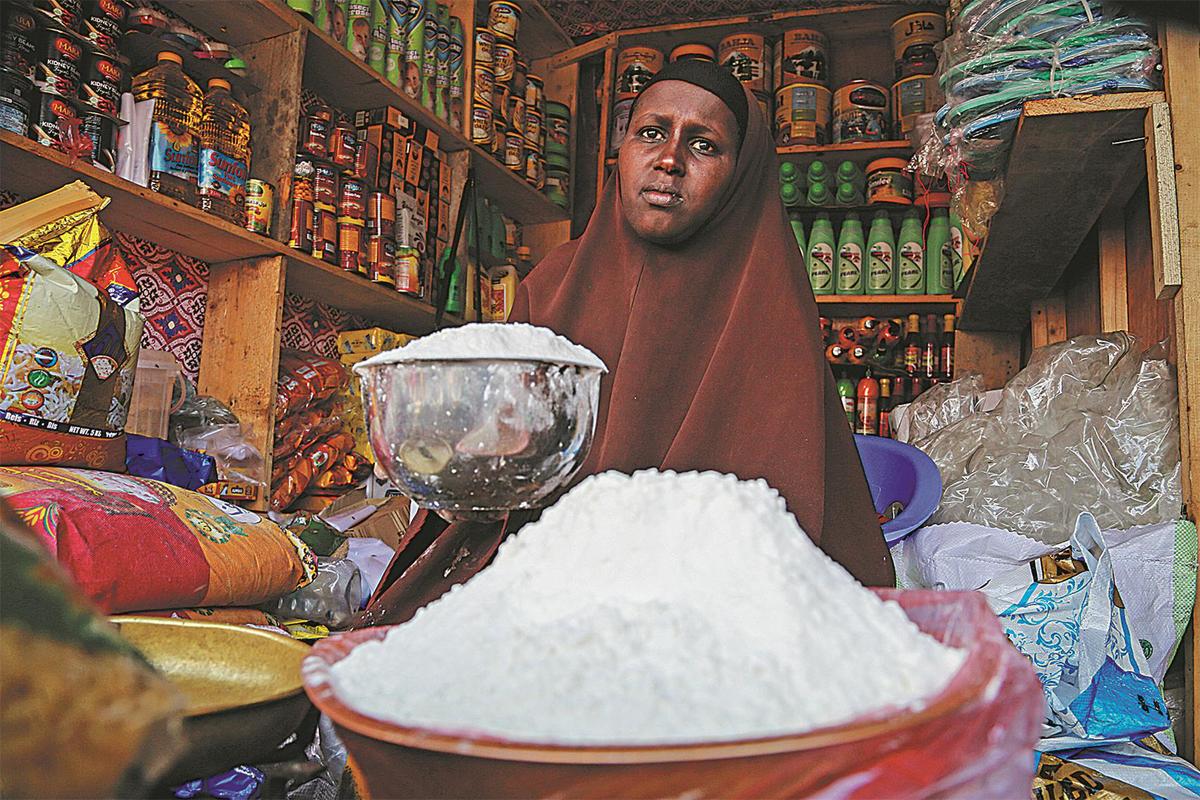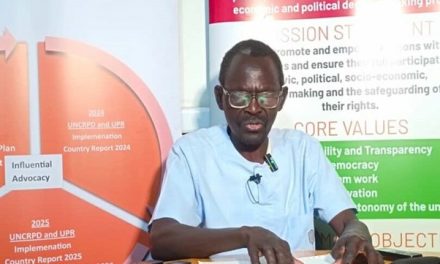
7.7 million South Sudanese people face acute food shortage-Agriculture Ministry

The United Nations and South Sudan’s government say 57 percent of the country’s 12 million population face acute food shortage.
South Sudan Agriculture Ministry says the situation is made worse by effects of fighting in Sudan and climate change.
The United Nations Agency for Children or UNICEF says children are among the most affected by acute food insecurity in South Sudan. It says 2 million children will need critical life saving treatment intervention in early 2025.
“We are faced with still floods but we know some areas will very soon become dry so we will face drought but we are also in the middle of juggling with cholera which is also bringing that vicious circle towards the child.” Said Hamida Ramadhani, UNICEF Representative in South Sudan
7.7 million South Sudanese people are food insecure according to the United Nations – out of an estimated population of 12 million
UNICEF also says the number of breastfeeding mothers in need of aid assistance has increased.
It says it’s working towards finding preventive measures to address root causes of persistent malnutrition in South Sudan.
Since its independence, South Sudan has suffered from severe droughts for two years in 2011 and 2015, but there have also been major floods in six of the years since 2014. the floods led to displacement and loss of livestock.
Many farmers displaced from their land due to floods now depend on food aid.
Humanitarian agencies say A lack of funds is limiting its ability to meet the ever increasing demands for aid.
South Sudan’s government says it’s putting in place a team to come up with ways of addressing the challenge posed by the acute food shortage
“The government is also working on policy development to ensure that it can adequately support food systems transformation and adaptation to climate change.” Said Josephine Lagu, South Sudanese Agriculture Minister.
South Sudan’s government is urging aid agencies to support families across the country to produce their own food as a way of addressing the problem of food insecurity in the long run.
According to a report released by the World Food Program (WFP), Food and Agriculture Organization (FAO), United Nations International Children’s Fund (UNICEF) and South Sudan’s ministry of Agriculture, the nutrition situation has also deteriorated, with an estimated 2.1 million children aged 6-59 months suffering or expected to suffer elevated levels of acute malnutrition between July 2024 and June 2025, including 650,000 cases of Severe Acute Malnutrition (SAM). About 1.11 million pregnant or breastfeeding women (PBW) are also suffering or expected to suffer elevated levels of acute malnutrition in the same period. An estimated 67 percent of the acute malnutrition burden is concentrated in the five states of Jonglei, Northern Bahr el Ghazal, Upper Nile, Unity and Warrap. In the current analysis period (July to September 2024), 53 counties are classified in IPC AMN Phase 3 or above (Serious or worse).
During the post-harvest period of October 2024 to March 2025, the acute malnutrition situation is expected to deteriorate in 13 counties, while improvement in acute malnutrition is expected in only four counties. The AMN classification in 76 counties is projected to remain the same in the post-harvest projection period. During the lean season (April to June 2025), the severity of acute malnutrition is expected to deteriorate in 62 counties, remain similar in 16 counties and improve in two counties. The situation in Baliet County of Upper Nile State is projected to deteriorate from Phase 4 to IPC AMN Phase 5 (Extremely Critical) because of elevated morbidity and poor access to health services.

































